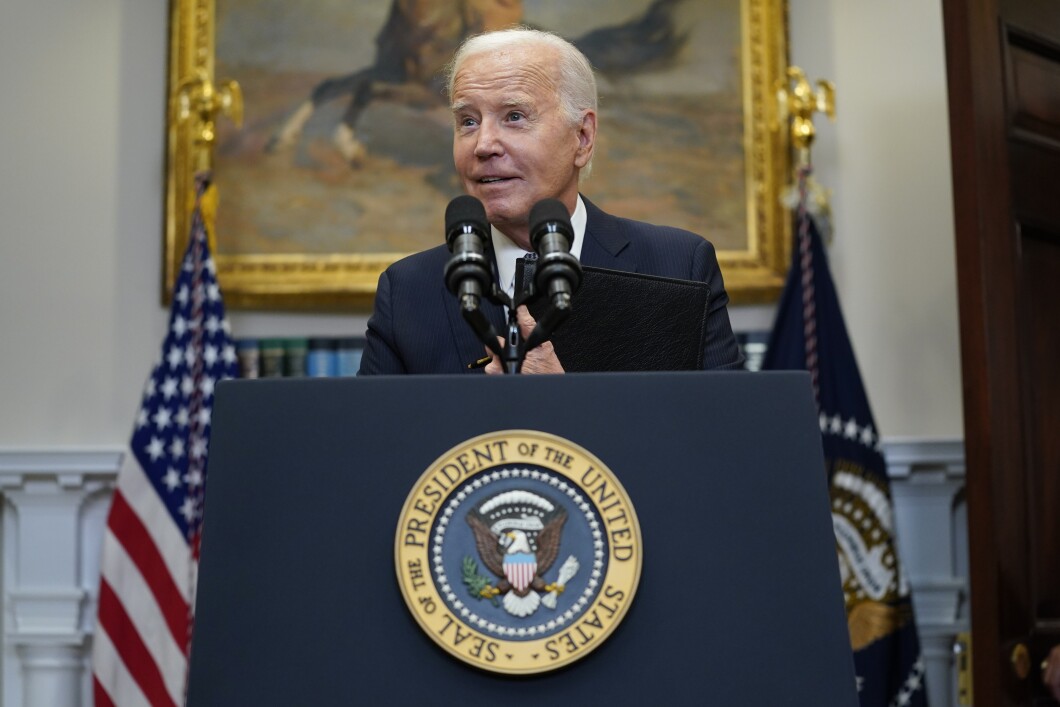
President Joe Biden announced that his efforts to provide millions of student loan borrowers with debt relief were not over on Friday after a Supreme Court decision blocked his current debt relief program.
Biden said his next move would be through the use of the 1965 Higher Education Act, which gives Education Secretary Miguel Cardona the authority to “compromise, waive, or release any right, title, claim, lien, or demand, however acquired, including any equity or any right of redemption.”
BIDEN PICKS UP THE PACE IN PURSUIT OF 2024 CAMPAIGN CASH NEAR END OF QUARTER
What is the Higher Education Act?
The 1965 law was established under President Lyndon B. Johnson as part of his domestic agenda. The law was intended to offer financial assistance to college students, including through low-interest loans and the establishment of new scholarships.
An important aspect of the older legislation was that it did not mandate a national emergency in order to address student loans. The previous law Biden tried to invoke to forgive the loans, called the HEROES Act, only gave Cardona the ability to “waive or modify” federal student loan provisions in a national emergency.
Several Democratic lawmakers, including Sen. Elizabeth Warren (D-MA), encouraged the Biden administration to use the 1965 law as the basis for its student loan forgiveness program as early as 2021.
A look at the Biden administration’s newest actions on student loan relief:

The president announced that Cardona had already taken the first two steps under the new proposed program, including initiating a rule-making process that is aimed at opening an alternative path to debt relief for working and middle-class borrowers.
Cardona also finalized a repayment plan that includes lowering the amount of money borrowers need to repay in each check, cutting the amount from 10% to 5% of their discretionary income. It will also allow many borrowers to make $0 monthly payments, and it will not charge borrowers unpaid monthly interest if they make their monthly payment, according to a White House Fact Sheet.
Another change is the creation of a 12-month “on-ramp repayment program” that will remove the threat of default for loan recipients who are unable to pay their bills. The Department of Education will not refer those borrowers who miss payments to credit agencies for a year as they readjust to making payments again.
The White House encouraged borrowers to repay the loans if they can, but it said the new repayment program was to help borrowers adjust after the three-year repayment pause during the COVID-19 pandemic.
CLICK HERE TO READ MORE FROM THE WASHINGTON EXAMINER
The new plans come after the Supreme Court determined in a 6-3 ruling on Friday that the administration overstepped its authority when it moved to waive billions in student loan debt under the HEROES Act.
“I believe that the Court’s decision to strike down our student debt relief plan is wrong,” Biden said in a statement. “But I will stop at nothing to find other ways to deliver relief to hard-working middle-class families. My Administration will continue to work to bring the promise of higher education to every American.”




